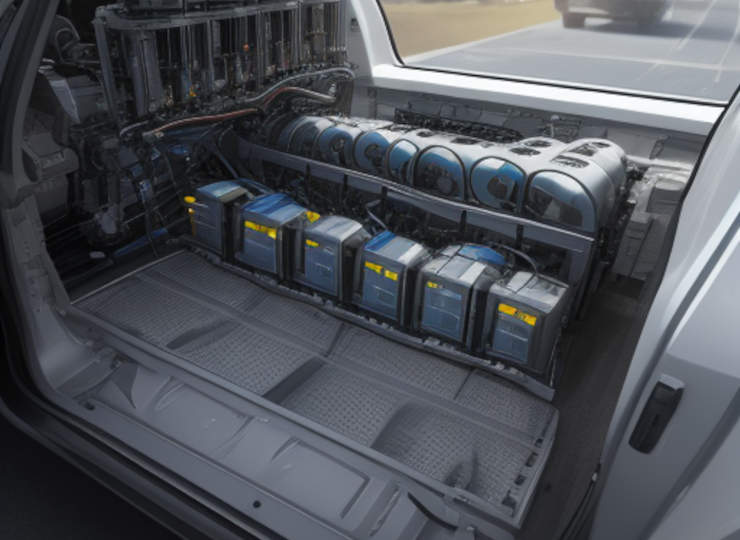文字のサイズ
- 小
- 中
- 大
Architectures supporting SDV (Software Defined Vehicle)
A central/zoned architecture has been proposed as the architecture underpinning SDV (Software Defined Vehicle).

This is the basis for enabling continuous software-enabled functional expansion, the provision of a uniform application operating space that enables the same services as smartphones, and a new dimension of services that connect applications with controls deep within the vehicle. However, in trying to achieve this, they face the new challenge of mixing software with low and high levels of safety/security on a flat High Performance Computer (HPC), where they can interfere with each other.
On the other hand, HPC hardware is evolving from single-core CPUs to multi-core and even heterogeneous multi-core, which combines several multi-core CPUs with different characteristics and speeds. The aforementioned issue of mixed software is being solved by straightforwardly using heterogeneous multi-cores with different types of cores arranged separately to achieve essential isolation/separation.
Focusing on decoupling (separation of software/hardware and software with different safety/security levels), which is one of the key architectural requirements for SDVs that have completed proof of concept and are now entering the mass production development phase, the following are some of the key architectural requirements released by semiconductor vendors. How to realise it on heterogeneous multi-core SoCs, how to link deep vehicle sensor/actuator control with cloud-native services, and how to reconcile the agile continuous evolution of the SDV System with ASIL safety requirements, We will look at the best real-time OS features for SDV development that enable Decoupling.






